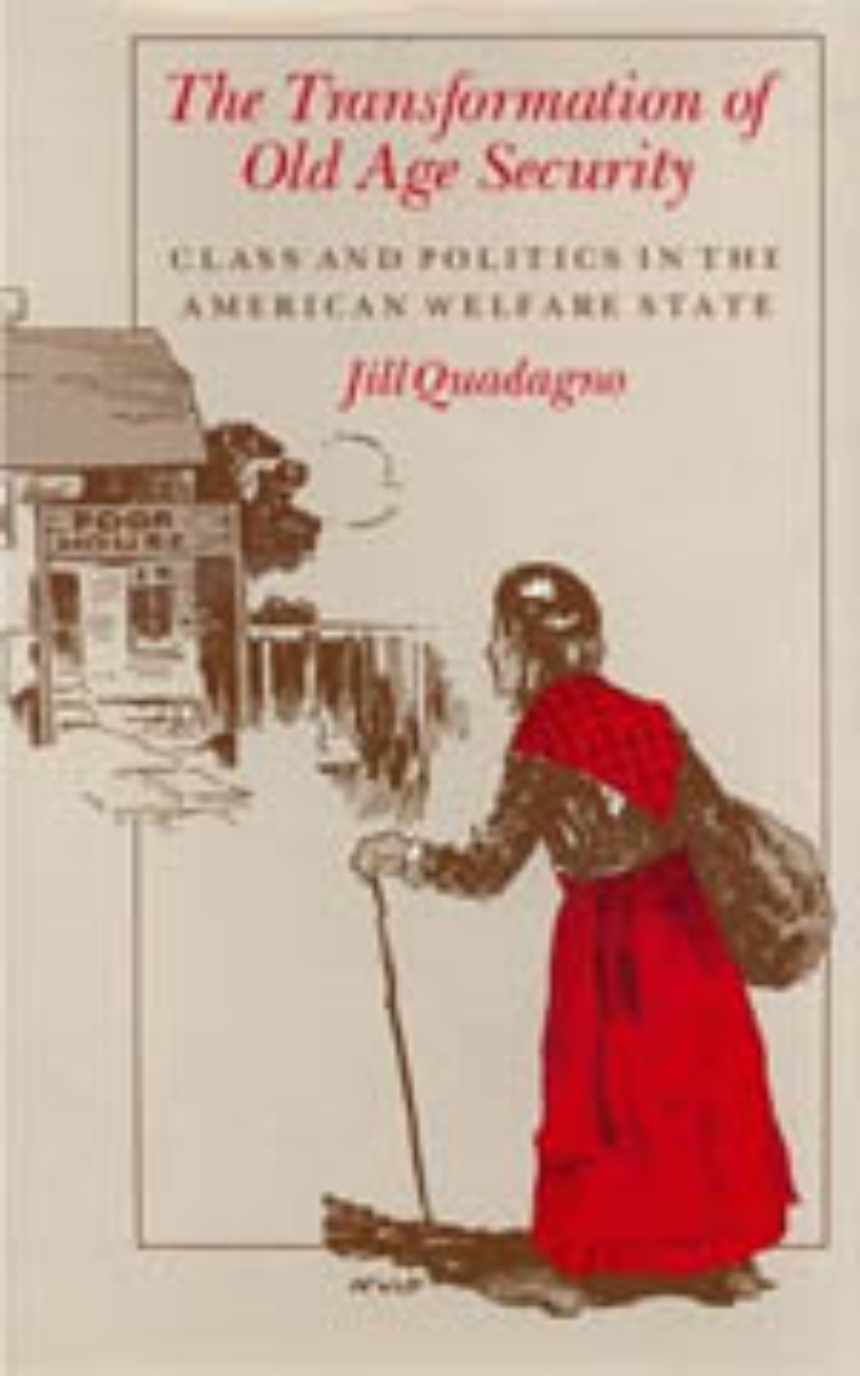The Transformation of Old Age Security
Class and Politics in the American Welfare State
9780226699233
The Transformation of Old Age Security
Class and Politics in the American Welfare State
Why did the United States lag behind Germany, Britain, and Sweden in adopting a national plan for the elderly? When the Social Security Act was finally enacted in 1935, why did it depend on a class-based double standard? Why is old age welfare in the United States still less comprehensive than its European counterparts? In this sophisticated analytical chronicle of one hundred years of American welfare history, Jill Quadagno explores the curious birth of old age assistance in the United States. Grounded in historical research and informed by social science theory, the study reveals how public assistance grew from colonial-era poor laws, locally financed and administered, into a massive federal bureaucracy.
268 pages | 2 halftones, 8 line drawings, 1 map | 6.00 x 9.00 | © 1988
Economics and Business: Health Economics
History: American History
Political Science: Public Policy
Sociology: Social Gerontology
Table of Contents
Preface
1. Theorizing the Welfare State
2. Old Age Security in Industrializing America
3. Organized Labor and State Old Age Pensions
4. Pensions in the Marketplace
5. Legislating Social Security
6. The Politics of Old Age Assistance
7. Depoliticized Labor and the Postwar Agenda
8. Explaining American Exceptionalism
Notes
Bibliography
Index
1. Theorizing the Welfare State
2. Old Age Security in Industrializing America
3. Organized Labor and State Old Age Pensions
4. Pensions in the Marketplace
5. Legislating Social Security
6. The Politics of Old Age Assistance
7. Depoliticized Labor and the Postwar Agenda
8. Explaining American Exceptionalism
Notes
Bibliography
Index
Awards
American Sociological Association: ASA-Distinguished Scholarly Publication Award (1999-2005)
Honorable Mention
